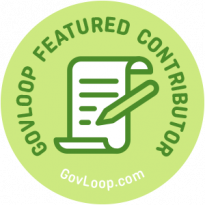Government innovation often brings to mind high-tech solutions, complex projects, or sweeping overhauls. But sometimes, the real breakthroughs happen when things get simpler, not more complicated. Streamlining processes, systems, and communication can open new pathways for creativity and efficiency. Simplifying doesn’t mean cutting corners — it means clearing the clutter to let innovation thrive.
The Problem with Complexity

In government work, complexity can be a byproduct of good intentions. New policies, procedures, and layers of oversight accumulate over time, designed to solve specific challenges. But when these systems pile up, they can stifle progress rather than support it. Complicated processes slow decision-making, confuse teams, and create frustration.
Simplifying doesn’t just make work easier — it removes barriers that block innovation.
Innovation Loves Breathing Room
Imagine a team trying to improve citizen services. Instead of overhauling everything at once, they start by eliminating redundant steps in their workflow. This small simplification frees up time and energy. Suddenly, team members have the capacity to think creatively, test new ideas, and focus on meaningful improvements. By reducing complexity, they made space for innovation to flourish.
How to Simplify for Innovation
1. Identify the Friction Points:
Where does work get bogged down? Whether it’s an approval process with too many steps or a form that’s too hard to fill out, pinpointing the bottlenecks is the first step to simplifying.
2. Communicate Clearly and Often:
Innovation thrives when everyone understands the goal. Simplify communication by using plain language, avoiding jargon, and making sure messages are consistent. Clear communication reduces misunderstandings and keeps teams aligned.
3. Cut Before You Add:
Before introducing a new tool, policy, or procedure, ask yourself what you can remove. Innovation works best when it’s not weighed down by unnecessary elements.
Simplification in Action
Consider a state agency handling grant applications. Their process involved multiple forms, redundant questions, and confusing instructions. By streamlining the forms and consolidating questions, they cut application times in half. The result? More applicants could complete the process, and staff had more time to focus on evaluating ideas, not paperwork.
Or take a federal team overwhelmed by status meetings. By replacing daily check-ins with a simple shared dashboard, they reduced meeting fatigue and kept everyone informed. The simplified approach boosted productivity and morale.
Simple Isn’t Easy — But It’s Worth It
Simplifying isn’t always straightforward. It takes effort to untangle complex systems and rethink entrenched processes. But the rewards are worth it: faster decisions, more engaged teams, and room for real innovation.
So, the next time your agency feels stuck, ask yourself: What can we simplify? Because sometimes, less isn’t just more — it’s the key to unlocking your best ideas.
Tim is a seasoned executive with over 10 years of experience leading IdeaScale’s Public Sector and Defense business. He’s a trusted resource with deep knowledge of government and defense community innovation challenges, particularly in the area of nuclear nonproliferation. Tim spearheads global expansion efforts in LATAM, Brazil, MENA, and Sub-Saharan Africa, fostering a culture of innovation across the public sector. Fluent in Chinese and an avid traveler, Tim brings a global perspective to complex challenges. His expertise lies in guiding government agencies to leverage technology to solve critical missions.





Leave a Reply
You must be logged in to post a comment.